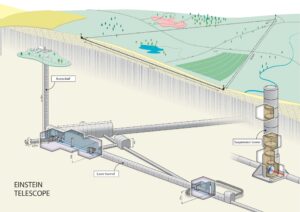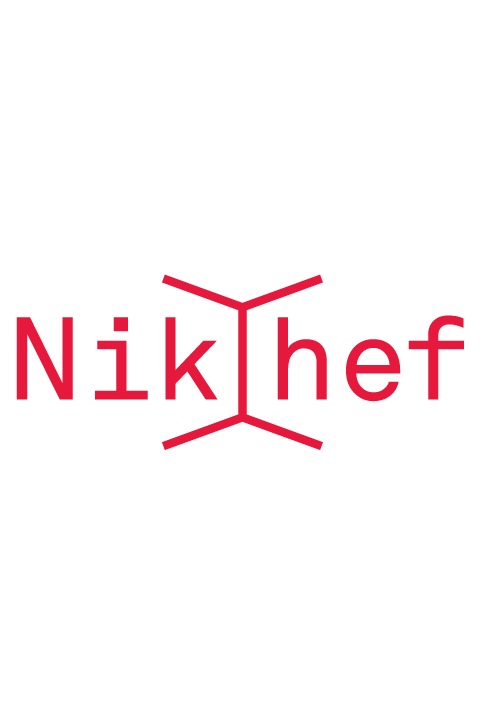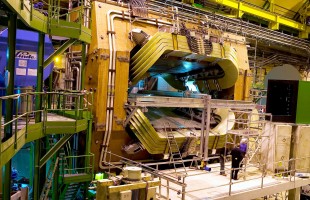The future Einstein Telescope and the upgraded LHCb particle detector at CERN may make use of quantum computers. Maastricht University will investigate the possibilities together with computer company IBM.
To this end, the university will join the IBM Q Network, a partnership of Fortune 500 companies, academic institutions, start-ups and research laboratories in the field of quantum computing. This was announced on Monday in Maastricht.
Two departments of the Faculty of Science and Engineering will collaborate with IBM Research Europe. One of the two is the group Gravitational Waves & Fundamental Physics, a member of the Nikhef collaboration.
IBM is a global player in the field of quantum computation. It makes useful use of the ambiguity of quantum quantities. Normal computers calculate with bits, which are 1 or 0. In a quantum computer, many more calculations are handled exponentially at the same time because the bits have been replaced by qubits, which are 1 and 0 at the same time.
A number of companies around the world are in the race for the first working quantum computer. In the run-up to this, they are working a lot with researchers who need extreme computing capacity.
The Maastricht Nikhef group is very closely involved in the preparation of the world’s largest gravitational wave detector, the Einstein Telescope. In addition, the group is involved in the LHCb particle detector at CERN, together with Nikhef collegues in Amsterdam.
Both projects meet enormous demand for computing capacity. The Einstein Telescope will capture dozens of gravitational waves per day, all of which have to be distinguished from any background noise and analyzed further. In the long run, the LHCb detector will have to cope with extremely high levels of particle collisions when the LHC accelerator at CERN becomes even more intense.
For the Einstein Telescope there are advanced plans for an underground triangular laser setup with arms of ten kilometers. There are two options for the location: the Euregio of the Netherlands, Belgium and Germany around Vaals or on Sardinia in Italy. The project should be realized around 2035.
The LHCb particle detector at CERN in Geneva is currently undergoing far-reaching reconstruction, also in view of the ten times more intense proton beams that will come out of the HL-LHC accelerator around 2030.
As a first step in the collaboration, IBM will sponsor two postdocs with a double appointment at IBM Research in Zurich, and at the institute in Maastricht. IBM will support the projects with access to its knowledge and current experimental quantum computers.



